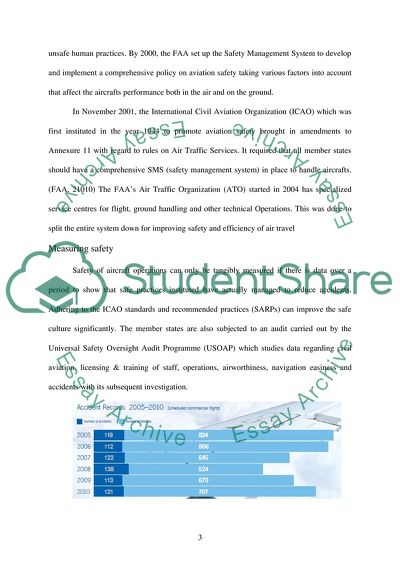Cite this document
(“Aviation Safety Program for Commercial Airline or Government Agency Research Paper”, n.d.)
Aviation Safety Program for Commercial Airline or Government Agency Research Paper. Retrieved from https://studentshare.org/macro-microeconomics/1787003-aviation-safety-program-for-commercial-airline-or-government-agency
Aviation Safety Program for Commercial Airline or Government Agency Research Paper. Retrieved from https://studentshare.org/macro-microeconomics/1787003-aviation-safety-program-for-commercial-airline-or-government-agency
(Aviation Safety Program for Commercial Airline or Government Agency Research Paper)
Aviation Safety Program for Commercial Airline or Government Agency Research Paper. https://studentshare.org/macro-microeconomics/1787003-aviation-safety-program-for-commercial-airline-or-government-agency.
Aviation Safety Program for Commercial Airline or Government Agency Research Paper. https://studentshare.org/macro-microeconomics/1787003-aviation-safety-program-for-commercial-airline-or-government-agency.
“Aviation Safety Program for Commercial Airline or Government Agency Research Paper”, n.d. https://studentshare.org/macro-microeconomics/1787003-aviation-safety-program-for-commercial-airline-or-government-agency.


